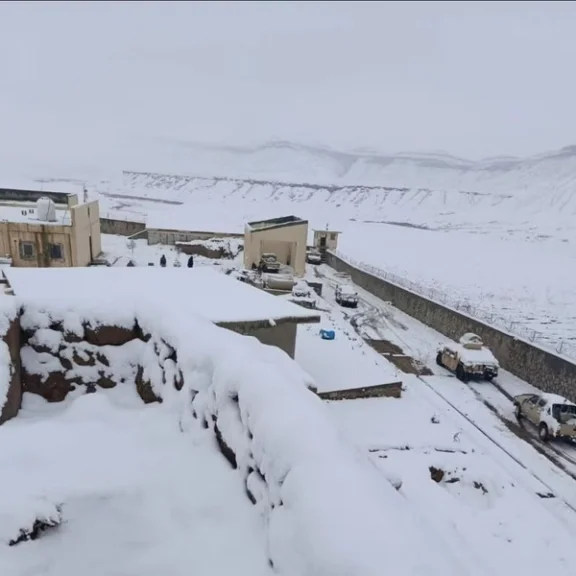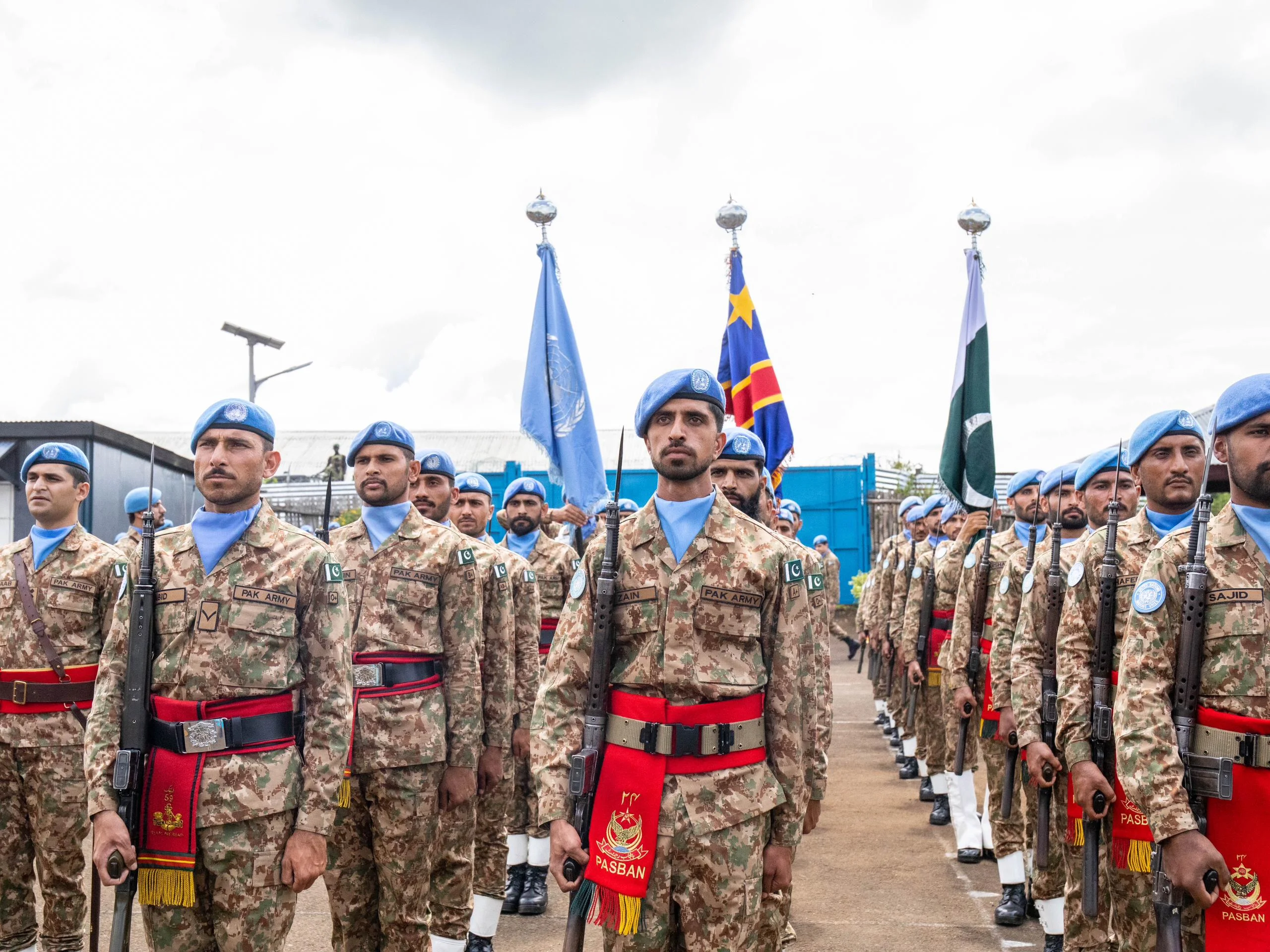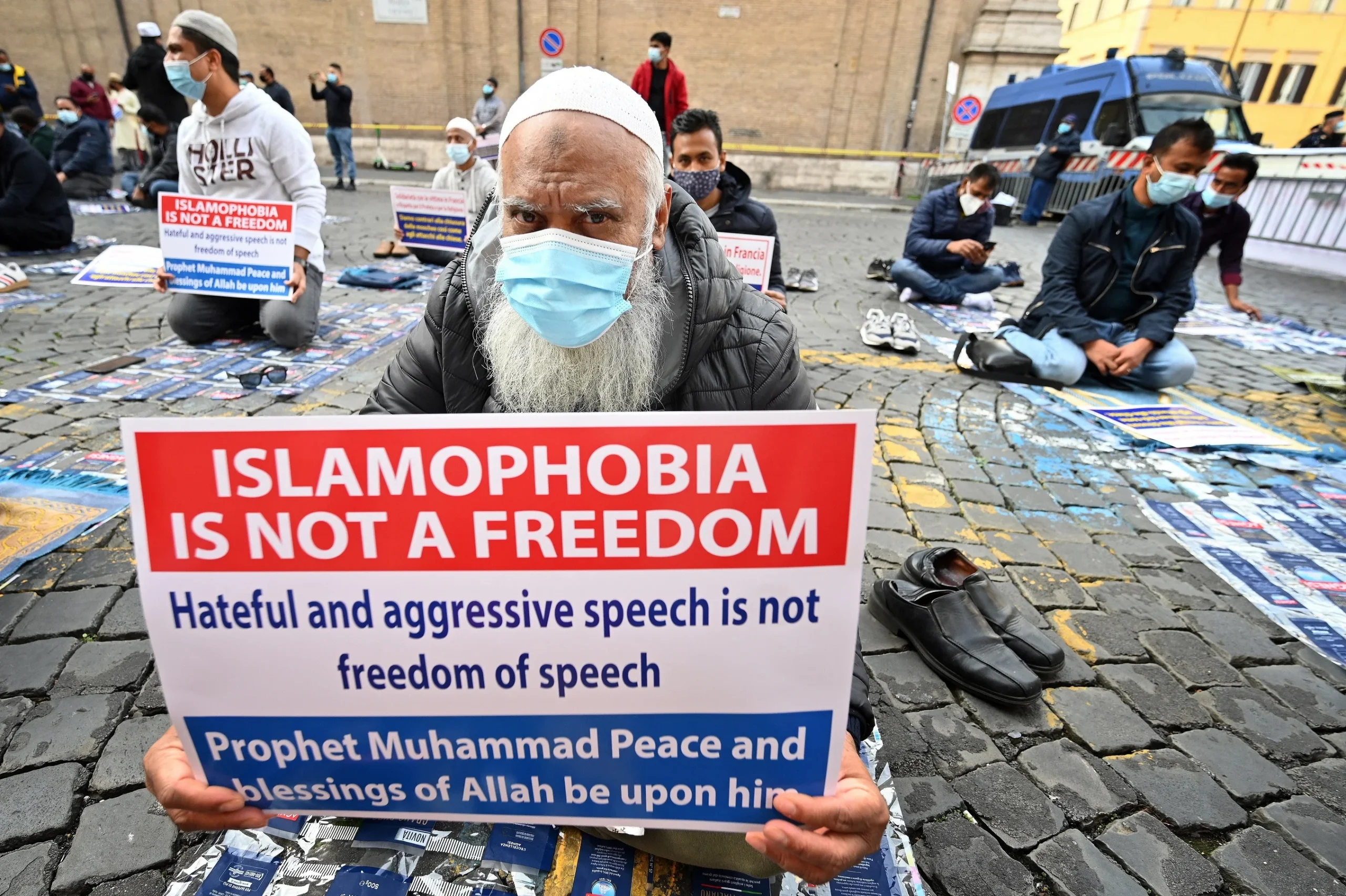Religion and Politics in South Asia, edited by Ali Riaz—a distinguished professor of political science at Illinois State University and a Nonresident Senior Fellow of the Atlantic Council—offers an in-depth exploration of the intricate intersection between religion and politics across six South Asian nations: Afghanistan, Bangladesh, India, Nepal, Pakistan, and Sri Lanka. Published by Routledge in 2010, the book is an invaluable resource for understanding the historical, cultural, and political nuances that have intertwined religious ideologies with political landscapes.
The Rise of Religio-Political Forces
Professor Riaz meticulously outlines how religious ideologies have become central to political mobilization, governance, and national identity in South Asia, with a nuanced understanding of the region’s historical, cultural, and political realities. He argues, religion and religio-political forces have become potent influences in the domestic politics of many countries. He has underscored how faith has moved from the private to the public sphere; which, therefore, is influencing policy-making, identity construction, and power dynamics, to a larger extent in some cases.
For example, in India, the rise of “Hindutva” (Hindu nationalism) as a political force has emerged through the Bharatiya Janata Party (BJP), the ruling political party. This nationalism, though questionable in numerous cases, has reshaped India’s secular foundations. Conversely, in Bangladesh, the Islamisation of politics is evident, rooted in the legitimacy crisis of military rulers who usurped power.
Also See: Is the Two-Nation Theory Still Relevant in 2024?
The Vacuum Left by Secular Liberal Ideologies
Moreover, Professor Riaz presents the exact reasons behind the failure of secular liberal ideologies across South Asia. Due to this failure, a vacuum emerged that religious ideologies have filled.
This theme resonates in Pakistan, where the struggle to define itself as either an Islamic state or a state for Muslims has persisted since its inception.
The text notes, “Since Pakistan’s inception, the elites had difficulties in answering the question of whether it was a state for the Muslims or an Islamic state”. This highlights that the identity crisis is outright visible that has shaped its politics.
In Sri Lanka, the politicization of Buddhism by Sinhala politicians is described as a strategy to consolidate power. The assertion that “The politicization of Buddhism by Sinhala politicians, with the aim of gaining and consolidating power in the past half-century, has reshaped the entire political landscape forever”, illustrates how religious ideologies have been leveraged for political gains at the expense of inclusivity.
Historical Roots of Religion and Politics
In addition, Professor Riaz through this scholarly rewarding book delves into the historical roots of religion-politics interplay, noting, “The interplay of religion and politics in South Asia has long historical antecedents”. That means it is tracing it back to colonial policies that categorized populations by religion; thereby, it was sowing the seeds of modern-day identity politics. The book showed how these divisions were institutionalized, and later on, was exploited by political elites in postcolonial states.
The role of globalization in enhancing the appeal of religious identities has also been explored. The book asserting, “The appeal of religious identity is a result of ontological insecurity and existential uncertainty engendered by globalization”, is evidence. This observation is particularly relevant to Afghanistan. This is the very country where Islam became a rallying point during the Soviet invasion.
Religion in Political Rhetoric and Mobilisation
The normalization of religion in politics is another central theme. It is apparently clear that there are many mainstream political parties across the region that increasingly use religious rhetoric and symbols to gain electoral support. The very quote which has been used is: “Religious rhetoric and symbols have become dominant features in the political scenes in all six countries in South Asia.” Through this line, the author has blurred the lines between secular governance and religious influence.
What is more, the book highlights how religious institutions (such as mosques for Muslims, temples for Hinduism, and madrasas for the Muslim children and students) have become spaces for political mobilization. In Nepal, for instance, the monarchy utilized Hinduism to legitimize its rule, with the claim, “Monarchs have presented themselves as the custodians of Hindu cultural identity since the inception of the modern Nepali state in 1769,” reflecting the use of religion as a political tool.
Critiques and Limitations
However, despite its scholarly depth, the book is not out of limitation. One of the core limitations is: while it offers a comprehensive analysis on how major three religions like Hinduism (India), Islam (Bangladesh, Pakistan, Afghanistan), and Buddhism (Sri Lanka) have become a catalyst in reshaping politics in South Asia, it tends to overgeneralize these traditions, portraying them as monolithic. The following weak point is the reliance on English-language sources that limits its scope, as the author acknowledges.
As a result, automatically, it may overlook critical perspectives in regional languages. Additionally, the book’s focus on majority religions often sidelines the experiences of minority religious groups. Consequently, it is leaving a visible gap in understanding how these groups navigate majoritarian politics. Another loophole is the lack of ethnographic detail and underrepresentation of grassroots religious and political movements.
Strengths and Contributions
Despite these limitations, the book’s interdisciplinary approach—bridging political science, sociology, and international relations—adds depth to its analysis. It effectively illustrates how religious nationalism has been used to construct homogeneous national identities in diverse societies. The text notes, “These numbers are used to create an epistemic insecurity (i.e., the survival of the community is at stake),” highlighting how demographic narratives are manipulated to foster majoritarianism. Transnational religious networks and diaspora communities have also been discussed (albeit briefly) as influential factors shaping domestic religious politics.
The book’s discussion of the Afghan war’s impact on Islamist forces across South Asia is particularly compelling. It describes how the conflict against Soviet occupation not only mobilized religious sentiments within Afghanistan but also strengthened Islamist movements in neighboring countries. Similarly, constitutional provisions regarding religion have been analyzed for their role in delineating the boundaries of religious influence in politics in this particular region, South Asia. The book’s note is: “Constitutional provisions regarding religion have shaped the parameters of religious politics in each country.” Through this line, Professor Riaz is showing the formal mechanisms through which religion is integrated into state structures.
Looking Ahead
Religion and Politics in South Asia isn’t just a book; it’s a mirror to the region’s soul. Ali Riaz offers a masterclass in understanding how power, faith, and politics collide, making it essential reading for anyone curious about the past, present, and future of South Asia.
With its intricate analyses and compelling narratives, this book is a powerful reminder: religion isn’t just a matter of faith—it’s a force that can shape nations. And Ali Riaz, with his profound understanding of the region’s political and religious landscapes, brings this to light with unmatched clarity.
As a distinguished political scientist and writer, Riaz’s expertise extends far beyond the academic sphere. He has played a key role in shaping South Asian governance, particularly as he leads the Bangladesh Constitutional Reform Commission. His deep engagement with the political dynamics of the region, especially after the revolution that ousted Sheikh Hasina, places him at a critical juncture. As Bangladesh navigates its future, questions loom: What’s next for Bangladesh? Can the nation strike a balance between religious identity, political stability, and democracy, or will the forces of political Islam and nationalism continue to redefine its trajectory? Ali Riaz’s work leaves us contemplating these pivotal questions, urging us to consider not only what has been, but what might be in Bangladesh’s ever-evolving political landscape.
About the Author
Ali Riaz is a distinguished political scientist and writer, currently serving as the Professor and Chair of the Department of Politics and Government at Illinois State University, USA. With a rich academic background, he has taught at universities in Bangladesh and England and worked as a broadcast journalist at the British Broadcasting Corporation (BBC) in London. His expertise lies in the intersection of religion and politics, particularly in South Asia and political Islam.
Riaz has authored several influential works, including Faithful Education: Madrassahs in South Asia (2008) and Islamist Militancy in Bangladesh, A Complex Web (2008). He has also served as the editor of Studies on Asia, a bi-annual journal of the Midwestern Conference on Asian Affairs, from 2010 to 2015. In 2013, he was a public policy scholar at the Woodrow Wilson International Center for Scholars in Washington, D.C. Additionally, Riaz is a non-resident senior fellow with the South Asia Center of the Atlantic Council.
Currently, he is heading the Bangladesh Constitutional Reform Commission. His scholarly work continues to focus on South Asian politics, the role of madrasas, and the dynamics of political Islam.
Book: Religion and Politics in South Asia edited by Ali Riaz, Routledge, Oxon & New York, 2010, pp.210, ISBN 978-0-415-77801-8. USD 49.95.
The views expressed in this article are the author’s own. They do not necessarily reflect the editorial policy of the South Asia Times.

![Religion and politics in South Asia? Ali Riaz breaks it all down in his book, showing how faith shapes nations like India, Bangladesh, and beyond. [Image via SAT Creatives]](https://southasiatimes.org/wp-content/uploads/2024/12/SAT-Web-Banners-8.webp)





